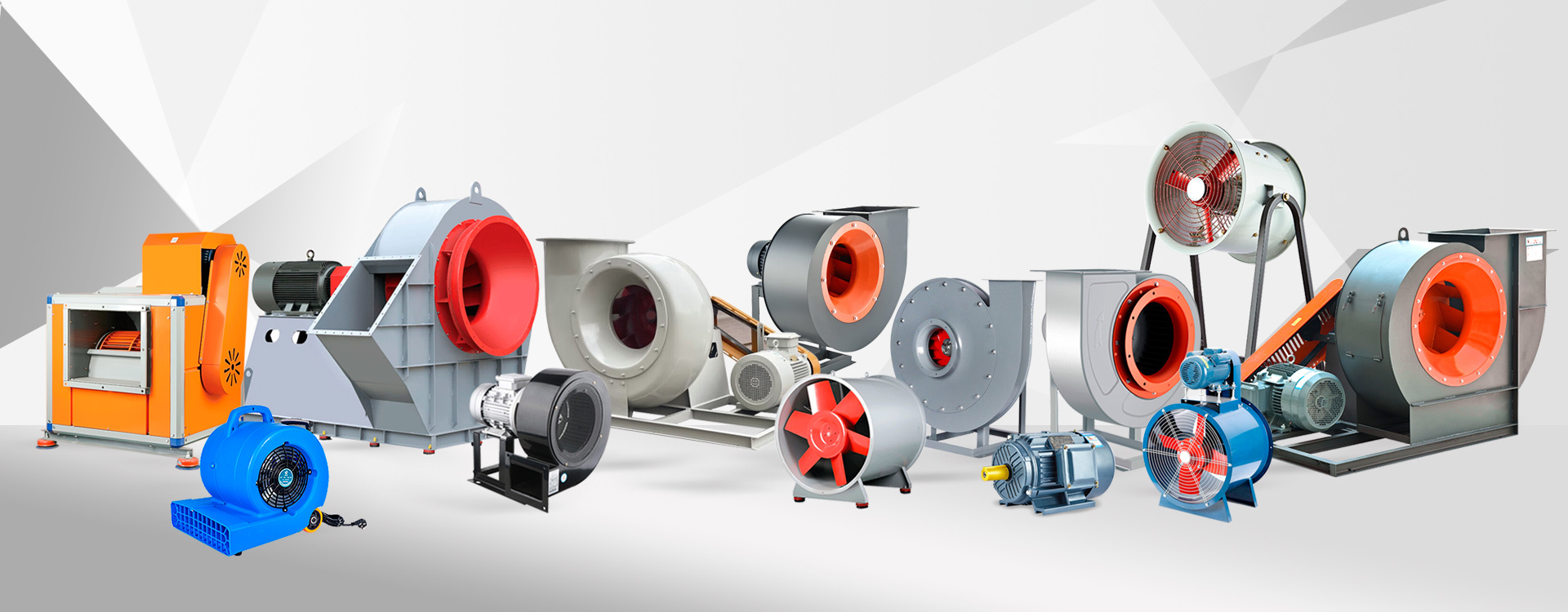Centrifugal fan lubrication secrets decryption: nine professional methods to improve lubrication degree
 In the realm of industrial machinery, centrifugal fans play a crucial role in ventilation, cooling, and exhaust systems. Their reliability and efficiency are paramount, and one of the key factors influencing these attributes is proper lubrication. Effective lubrication not only extends the lifespan of the fan but also ensures optimal performance and minimizes downtime. This article delves into the secrets of centrifugal fan lubrication, presenting nine professional methods to enhance the lubrication degree, thereby safeguarding your equipment's integrity and productivity.
In the realm of industrial machinery, centrifugal fans play a crucial role in ventilation, cooling, and exhaust systems. Their reliability and efficiency are paramount, and one of the key factors influencing these attributes is proper lubrication. Effective lubrication not only extends the lifespan of the fan but also ensures optimal performance and minimizes downtime. This article delves into the secrets of centrifugal fan lubrication, presenting nine professional methods to enhance the lubrication degree, thereby safeguarding your equipment's integrity and productivity.
1. Understanding the Basics of Lubrication
Before diving into specific techniques, it's essential to grasp the fundamentals of lubrication in centrifugal fans. Lubrication primarily serves to reduce friction between moving parts, prevent wear, and dissipate heat. For centrifugal fans, this typically involves lubricating bearings, which support the rotor and allow it to spin smoothly. The choice of lubricant (oil or grease) depends on the operating conditions, such as temperature, speed, and load.
2. Selecting the Right Lubricant
The first step in improving lubrication is selecting the appropriate lubricant. Consider factors like viscosity, which should match the fan's operating temperature to ensure it remains fluid enough to lubricate effectively. Greases offer longer lubrication intervals but may require higher temperatures to soften and flow. Oils, on the other hand, provide better heat dissipation but may require more frequent replenishment. Always consult the fan manufacturer's recommendations for the best match.
3. Regular Inspection and Cleanliness
Regularly inspecting the lubrication system is vital. Look for signs of contamination, such as dirt, water, or metal particles, which can degrade lubricant performance. Cleanliness is crucial; use clean tools and containers when handling lubricants and regularly clean the lubrication points to prevent debris buildup.

4. Correct Lubrication Quantities
Over-lubrication can be as detrimental as under-lubrication. Too much lubricant can lead to increased drag, overheating, and potential leakage. Conversely, insufficient lubrication results in increased wear and friction. Follow manufacturer guidelines for the correct lubrication quantities and intervals.
5. Implementing Automatic Lubrication Systems
For critical applications or fans operating in hard-to-reach locations, consider installing automatic lubrication systems. These systems ensure consistent and precise lubrication, reducing human error and minimizing downtime. They often come with sensors to monitor lubricant levels and alert when refills are needed.
6. Temperature Monitoring
Temperature is a critical indicator of lubrication effectiveness. High temperatures can degrade lubricants, reducing their lubricating properties. Use thermometers or thermal sensors to monitor bearing temperatures and adjust lubrication practices accordingly. For example, increasing lubrication intervals or switching to a higher-temperature lubricant might be necessary.
7. Re-lubrication Techniques
Periodic re-lubrication is essential. Depending on the fan type and operating conditions, this may involve replenishing grease through grease fittings or changing oil in oil-lubricated systems. Ensure the old lubricant is thoroughly flushed out to prevent mixing, which can compromise performance.
8. Using Anti-Wear and Extreme Pressure Additives
In harsh operating environments, consider using lubricants fortified with anti-wear and extreme pressure additives. These additives form protective films on metal surfaces, shielding them from wear and tear even under high loads and temperatures.
9. Condition Monitoring and Predictive Maintenance
Advanced condition monitoring techniques, such as vibration analysis and oil analysis, can provide early warnings of lubrication-related issues. Vibration analysis detects changes in bearing health, while oil analysis reveals lubricant degradation and contamination levels. Implementing predictive maintenance based on this data allows for proactive actions, preventing unexpected failures and extending equipment life.
Conclusion
Effective lubrication is the cornerstone of centrifugal fan reliability and efficiency. By adopting these nine professional methods—selecting the right lubricant, maintaining cleanliness, adhering to correct quantities, utilizing automatic systems, monitoring temperatures, implementing robust re-lubrication practices, incorporating additives, and leveraging condition monitoring—you can significantly improve the lubrication degree of your centrifugal fans. Remember, prevention is always better than cure when it comes to industrial machinery. Regular attention to lubrication practices will pay dividends in reduced downtime, extended equipment life, and optimized operational performance.
Tag:












